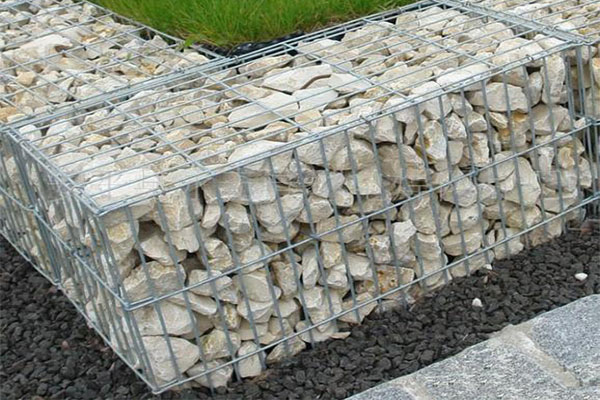Do Gabion Baskets Need Foundations?
Gabion baskets have gained popularity as versatile and eco-friendly solutions for erosion control, retaining walls, and various landscaping projects. These wire mesh containers filled with stones not only provide an aesthetically pleasing look but also serve functional purposes. However, a common question that arises during the planning stages of gabion installation is whether they require foundations.

The Purpose of Foundations
Foundations serve as the base on which structures are built, distributing the load and ensuring stability. Similarly, for gabion baskets, foundations play a pivotal role in maintaining the structural integrity of the installation. While the wire mesh of the gabion itself is strong and can withstand significant pressure, a proper foundation prevents settling, tilting, or shifting of the baskets over time.
Factors Influencing Foundation Needs
- Soil Type: The type and quality of soil at the installation site are crucial determinants of foundation requirements. Soft, loose, or unstable soils might necessitate a more robust foundation to prevent subsidence or erosion beneath the gabion baskets.
- Site Slope and Gradient: If the site has a steep slope or gradient, the force of gravity can exert greater pressure on the gabion baskets. A proper foundation helps distribute this pressure and prevents the baskets from sliding downhill.
- Water Flow and Drainage: Gabion installations near water bodies or areas with high water flow should be equipped with foundations that account for potential erosion caused by water currents.
- Load-Bearing Capacity: The intended use of the gabion baskets influences the load they will bear. For heavier applications like retaining walls or bridge abutments, a more substantial foundation might be necessary.
Types of Foundations for Gabion Baskets
- Shallow Foundations: Suitable for smaller landscaping projects, shallow foundations involve digging a trench and compacting the soil before placing the gabion baskets. This foundation type is effective when the soil has adequate load-bearing capacity.
- Deep Foundations: In cases where the soil is less stable or the load-bearing requirements are higher, deep foundations such as piles or piers might be necessary. These extend deep into the ground to provide better stability and prevent settling.
Benefits of Providing Foundations
- Longevity: A proper foundation enhances the lifespan of the gabion structure, reducing the risk of premature deterioration due to shifting or settling.
- Minimized Maintenance: Foundations help prevent common issues such as leaning or tilting, reducing the need for frequent maintenance and repairs.
Gabion Baskets installation process
- Site Preparation: Clear the installation area of debris, rocks, and vegetation. Ensure the area is level and compacted.
- Foundation Construction: Depending on the soil type and load-bearing requirements, construct the appropriate foundation type. This might involve digging trenches, placing piles, or pouring a concrete slab.
- Gabion Placement: Once the foundation is ready, carefully place the gabion baskets on top. Ensure they are level and aligned according to the intended design.
- Filling the Baskets: Fill the gabion baskets with suitable stones or gravel. Ensure proper compaction to prevent settling over time.
- Interconnection and Finishing: Securely fasten adjacent gabion baskets using wire or clips to maintain stability. Finish the installation according to the design plan.
Conclusion
Before starting a gabion project, site conditions, soil type, and load-bearing requirements must be evaluated to determine whether a foundation is required. Although smaller decorative gabion baskets usually do not require a foundation, those with unstable soil or high load-bearing requirements still need to compact the soil first.
NEXT: What is a Gabion Basket?
